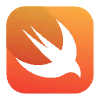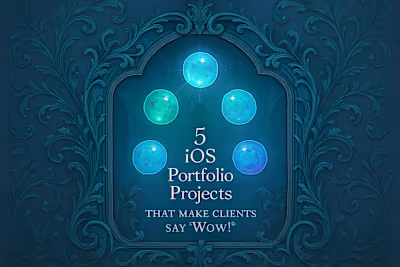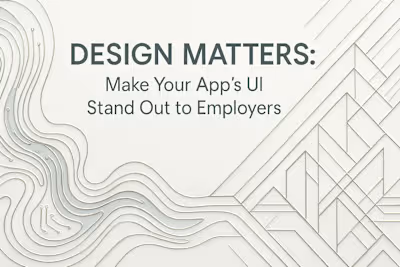Write It Up: Crafting Case Studies That Sell Your iOS Skills

Write It Up: Crafting Case Studies That Sell Your iOS Skills
The Anatomy of a Winning Developer Case Study
The Hook: Problem & Goal
The Core: Process & Solution
The Proof: Results & Outcome
Telling a Compelling Story
Focus on the 'Why,' Not Just the 'What'
Show, Don't Just Tell
Write in Your Own Voice
What Clients Want to See in a Case Study
Problem-Solving and Critical Thinking
Technical Competence
Communication and Collaboration
Integrating Case Studies into Your Portfolio
Create Dedicated Case Study Pages
Link from Your Project Summaries
Use Them in Your Outreach
References
Write It Up: Crafting Case Studies That Sell Your iOS Skills
The Anatomy of a Winning Developer Case Study
The Hook: Problem & Goal
The Core: Process & Solution
The Proof: Results & Outcome
Telling a Compelling Story
Focus on the 'Why,' Not Just the 'What'
Show, Don't Just Tell
Write in Your Own Voice
What Clients Want to See in a Case Study
Problem-Solving and Critical Thinking
Technical Competence
Communication and Collaboration
Integrating Case Studies into Your Portfolio
Create Dedicated Case Study Pages
Link from Your Project Summaries
Use Them in Your Outreach
References
Posted Jul 6, 2025
A great portfolio shows what you built. A great case study shows how you think. Learn to write compelling case studies that detail your process, highlight your skills, and convince clients to hire you.











